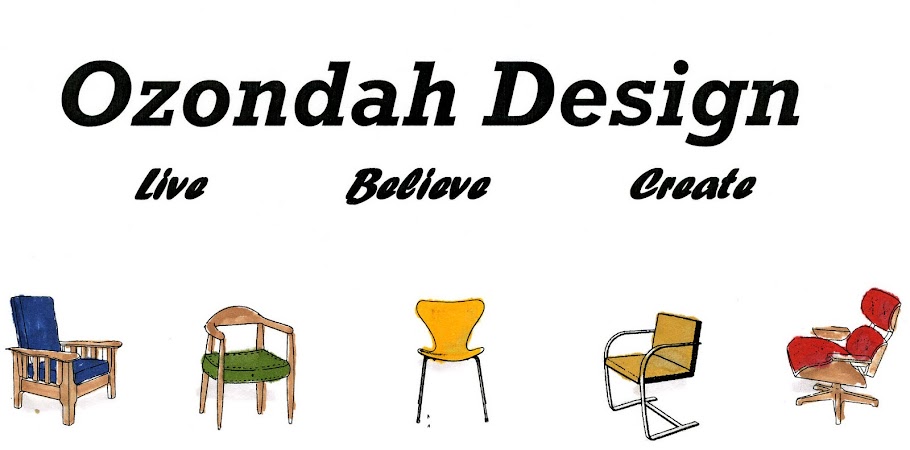From the 1920’s to the end of his life Piet Mondrian made a series of stylistically similar purely abstract compositions. These compositions generally are comprised of horizontal and vertical black lines set on a grid with gray, white and primary-colored squares and rectangles that appear flat with no field and depth or surface texture. These asymmetrically-balanced grid compositions with primary colors and shapes found in ideal nature are Mondrian’s signature contribution to Modern art and architecture.
Composition with Red, Blue and Yellow (1930, in private collection) has become one of Mondrian’s most famous works of this style. This work features a dominant large red square in the top right corner; the red square is unusually larger than any other field. It is formed by the top right edges of the canvas and two equally thick black lines, one running vertically and the other running horizontally across the entire width of the canvas. In the opposite corner of these two crosshairs a strikingly blue field, approximately one-ninth the size of the red field, contains the artist’s initials “PM” and the year of its creation. Above the blue field a white field, the height of the red and the width of the blue, is divided in two by a thick, black horizontal line. Running perpendicular to this white field is another field of white. The horizontal bands of white are almost the length of the red squares but are stopped short by a vertical black line. To the right of this line is a small yellow square below a small white square; the two are divided by a horizontal line.
Mondrian sought for a complete separation of story or narrative in his work; this is in itself the creation of a story. To grasp a clearer understanding of Mondrian’s work it is necessary not only to understand the context in which it was created but also the aesthetic attributes it possesses. Through his clear structure and non-representative language Mondrian believed that his art was in equal partnership with science and technology and could contribute to the realization of a utopia. His visionary mind foresaw his master works one day losing their function and being absorbed into the clear patterns of universal architecture not just a composition of lines and squares, but a new form to depict a new way of life where technology and art are combined. This desire for a combination of form and function was shared by Walter Gropius in his Bauhaus art school.


No comments:
Post a Comment